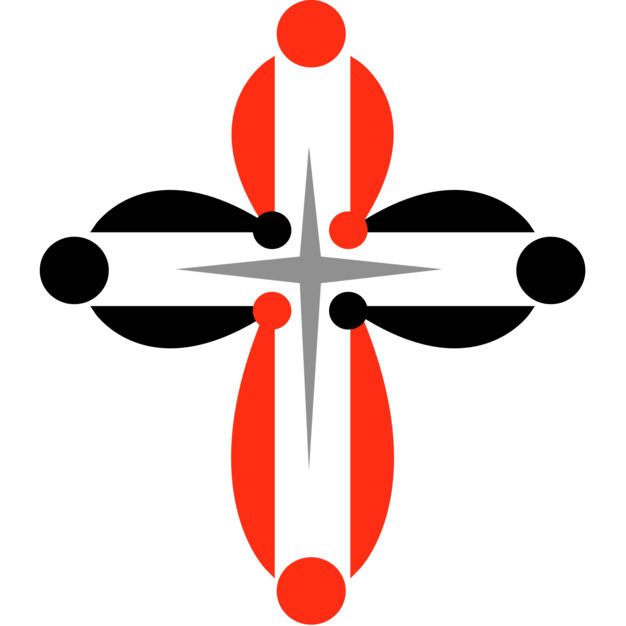
Holy Spirit Episcopal Church
Holy Spirit Episcopal Church
Holy Spirit Church is vibrant Episcopal Community on Houston's west side. We meet for worship every Sunday at 8:00 am, 10:30 am, and 5:00 pm. Join us!
- 2 minutes 36 seconds1. The Washington Post
One of the best-known marches of John Philip Sousa (1854-1932) “America’s March King”, the Washington Post March has opened every one of our “Old Fashioned Fourth” concerts at Holy Spirit – including this one. (from 2019)
3 July 2020, 11:52 pm - 2 minutes 46 seconds2. Will o' the Wisp
Gordon Balch Nevin (1892-1943) was an American composer, primarily living and working in western Pennsylvania. In folklore, a “will o’ the wisp” is a strange ghostly light often seen by travelers late at night and often has sinister implications. Modern science is more likely to explain it as bioluminescence or chemiluminescence – the famous “Marfa Lights” are a Texan will o’ the wisp. Nevin’s “musical confection”, as one writer described this piece, doesn’t threaten very much but it certainly does tease. (from 2017)
3 July 2020, 11:50 pm - 6 minutes 42 seconds3. Two Rags
Original Rags and The Entertainer
Scott Joplin (1868-1917) was the first famous black American composer and is best remembered for his contribution to ragtime. Here are two of his most famous rags – while they were written for the piano, they translate well to the organ. (from 2015)
3 July 2020, 11:48 pm - 3 minutes 48 seconds4. Prelude on “How Great Thou Art”
The hymn “How Great Thou Art”, derived from a Swedish folk tune and hymn text, is a great favorite among many churchgoers. Dale Wood (1934-2003) gives us a beautiful lush setting that shows of some of the quieter sounds of the organ. (from 2015).
Prelude on How Great Thou Art © 1993 The Sacred Music Press Reprinted with permission under ONE LICENSE #A-735597. All rights reserved.
3 July 2020, 11:47 pm - 2 minutes 17 seconds5. "Count Your Blessings”
Dan Miller (b. 1954) is a well-known figure amongst American church musicians. He has served as the organist at several major American churches and now is the tonal director for Rodgers Instruments, one of the leading builders of digital organs. Here he takes an old Gospel hymn and has great fun doing some surprising things to it. (from 2015)
Count Your Blessings © 1994 Morningstar Music PublishersReprinted with permission under ONE LICENSE #A-735597. All rights reserved.
3 July 2020, 11:46 pm - 3 minutes 3 seconds6. Armed Forces Medley (Army - Marines - Navy - Air Force - Coast Guard)
Armed Forces Medley, arr. Stephen J. Morris (b. 1956)
Every “Old Fashioned Fourth” concert at Holy Spirit has featured this medley of Armed Forces tunes. In concert, we invite those with ties to each branch of the service to stand when that music is played. You don’t need to at home, but you can if you want! (from 2019)
3 July 2020, 11:44 pm - 3 minutes 48 seconds7. Elegy: To an American Soldier
American composer Van Denman Thompson (1890-1969)penned this serious piece in 1919 as a tribute to the American soldiers who fought in “The War to End all Wars”. (from 2019)
3 July 2020, 11:41 pm - 2 minutes 36 seconds8. The Great Crush Collision March
In 1896, a passenger agent for the M, K & T Railroad presciently named George Crush decided that a good way to drum up business for the railroad was to create a spectacle and crash two trains into one another head on! So he had a little temporary depot with 4 miles of tracks, a bandstand, and viewing stands constructed just north of Waco, Texas, and offered free admission to his audience. So many spectators showed up – over 40,000 – that for one day, Crush, Texas was the second largest city in the state. It was a real spectacle. The trains collided at close to 60 mph, the boilers exploded sending shrapnel into the crowd, and at least three people were killed and more than 20 injured. In those less litigious times, the railroad fired George Crush (and hired him back the next day) and paid off the victims with cash and lifetime rail passes. One of the uninjured spectators that day was the young Scott Joplin, who we heard from earlier. He wrote this piece telling the story of the event. We hear the happy crowds gathering at the beginning, and soon the program begins. We hear the trains gathering speed running at each other, their whistles sounding – and then the unmistakable collision…followed by the happy crowds continuing to enjoy themselves at the party. (from 2015)
3 July 2020, 11:40 pm - 7 minutes 17 seconds9. Sing Along
Each “Old Fashioned Fourth” concert has featured a sing-along and this one is no different. There is a song sheet posted on this website and you are invited to join the 2019 audience in singing (and clapping) along. (from 2019)
3 July 2020, 11:35 pm - 5 minutes 58 seconds10. Largo fromThe New World Symphony, Op. 95
One of the most favorite pieces of classical music is Antonín Dvorák's (1841-1904) New World Symphony, loosely based on spirituals and Native American (along with some Czech folk tunes from his native country). He wrote the piece shortly after arriving in America to serve as director of the National Conservatory of Music of America in New York in 1893. The symphony was premiered in Carnegie Hall in December of that year. The favorite movement of the symphony is the Largo slow movement, in no small way due to the words that William Arms Fisher, one of Dvořák’s students, appended to it in 1922. It is equally famous in its original form and wearing its :”new clothes”. This shows off many of the beautiful solo colors and soft sounds of the organ. (from 2019)
3 July 2020, 11:33 pm - 4 minutes 10 seconds11. The Stars and Stripes Forever
The Stars and Stripes Forever has closed each “Old Fashioned Fourth Concert”, as it will today. It is by far the most famous of John Philip Sousa’s many marches, and in 1987, an act of Congress made it officially the national march of the United States. Less well-known is that Sousa wrote the piece to promote national unity, which was much threatened in the days following the Civil War. The three themes of the piece are intended to represent the three regions of the country – the North, the South, and the West – and at the last section of the piece, he brings them all together to represent the unity of the nation. The famous piccolo part here is played by then-organ scholar Jared Cook, who is quite familiar to us at Holy Spirit. (from 2015)
3 July 2020, 11:29 pm - More Episodes? Get the App
Your feedback is valuable to us. Should you encounter any bugs, glitches, lack of functionality or other problems, please email us on [email protected] or join Moon.FM Telegram Group where you can talk directly to the dev team who are happy to answer any queries.
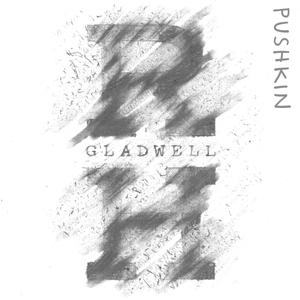 Revisionist History
Revisionist History
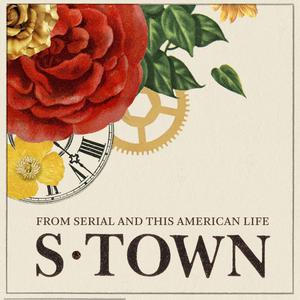 S-Town
S-Town
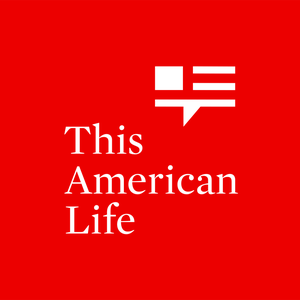 This American Life
This American Life
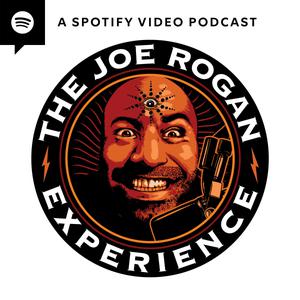 The Joe Rogan Experience
The Joe Rogan Experience